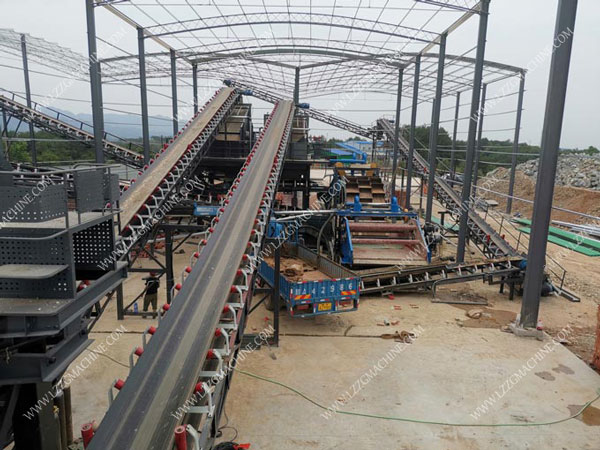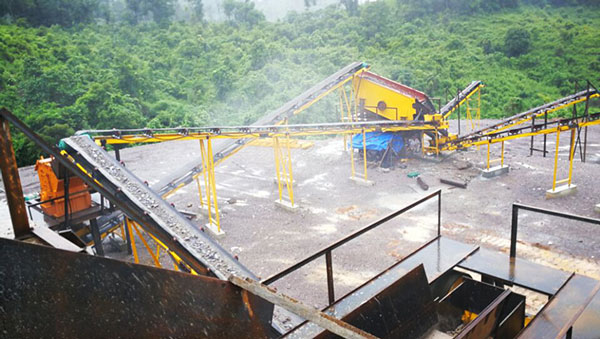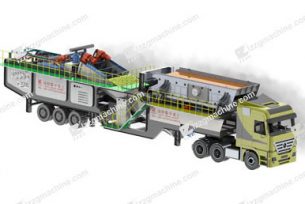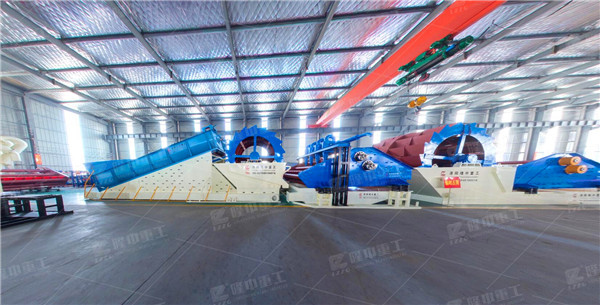Recycle wastewater in sand washing plant to save water
 November.03,2020
November.03,2020
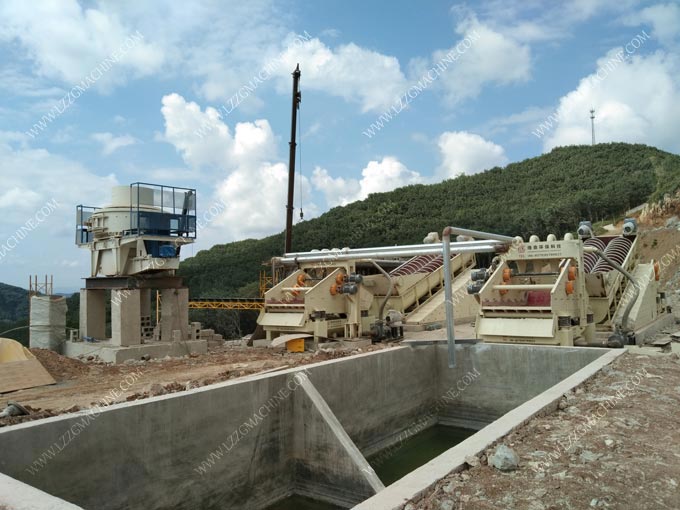
In the clay and sand mining industry, the discharge coefficient of sand and gravel production: 2.0 tons/ton of sand washing wastewater, and the production scale is 150 tons of sand/d. The daily output of washing wastewater is about 300 tons, and the washing wastewater needs to be treated to meet the second-level discharge standard After discharge or recycling. According to the design specification, the processing capacity of sewage treatment equipment should be calculated according to the following formula
q=(1+n)Q/t
Among them: q facility treatment capacity n facility self-consumption coefficient Q maximum daily sewage treatment capacity t daily operation time of treatment facility.
q = (1+5%) 300/8 ≈40.0 m3/h
Considering the unevenness coefficient in the production process to be 1.5, the design is based on the total water scale of 60.0m3/h, of which the waste water from the screener is about 40.0m3/h , The waste water volume of the sand washing machine is about 20.0m3/h, subject to the actual water consumption.
Total wastewater
about 300 m3/d of wastewater from washing and processing production. The main pollutants are characterized by a large amount of soil and silt in sandstone and silica rock. After crushing and washing with water, the water contains soil, fine sand, etc., with high suspended and colloidal content and high chroma. If it is discharged directly, The surrounding environment causes pollution. After initial precipitation, coagulation and precipitation, the washing wastewater is recycled or discharged as flushing water in the sand field. The precipitated sludge is dewatered by a filter press and then buried. The wastewater is recycled after precipitation treatment, the recycling rate is designed according to 90%, and the evaporation and loss of water are supplemented according to 10%. Domestic sewage is treated in septic tanks and used as water for plant greening and nearby agricultural land.
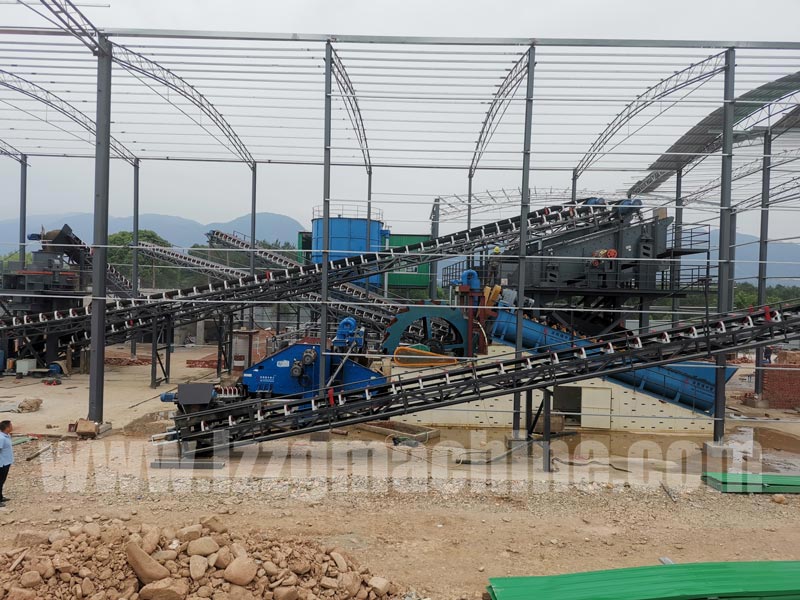
Water volume adjustment
Because the amount of washing wastewater is greatly affected by the sludge content of the original ore during the production process, the water consumption during washing is uneven, and the discharge of washing wastewater is also uneven, and the amount of sediment in the wastewater is high , The concentration changes greatly. Therefore, this scheme design uses the original pre-sedimentation tank to adjust the initial sedimentation and water volume.
The effective volume of the pre-sedimentation tank is 50m3. When the sediment is full, the production of sand making and washing will be stopped and manual cleaning will be carried out. In the slag operation, the cleared sludge is transported to the sludge drying plant for drying. The wastewater from the pre-sedimentation tank enters the sedimentation tank.
In order to facilitate wastewater treatment, the existing sedimentation tank is divided into a coagulation tank, a secondary sedimentation tank and a clear water tank. The effective volume of the coagulation tank is 5m3, and the effective volume of the secondary sedimentation tank is 150m3. The effective volume of the pond is 50m3, and the clear water after precipitation is pumped to the sand washing plant for recycling through a circulating water pump, and is not discharged. The sludge in the sedimentation tank is pumped by a mud pump to a filter press for processing, and the pressed mud cake and dried mud are transported to the backfill area of the sand quarry and buried nearby.


